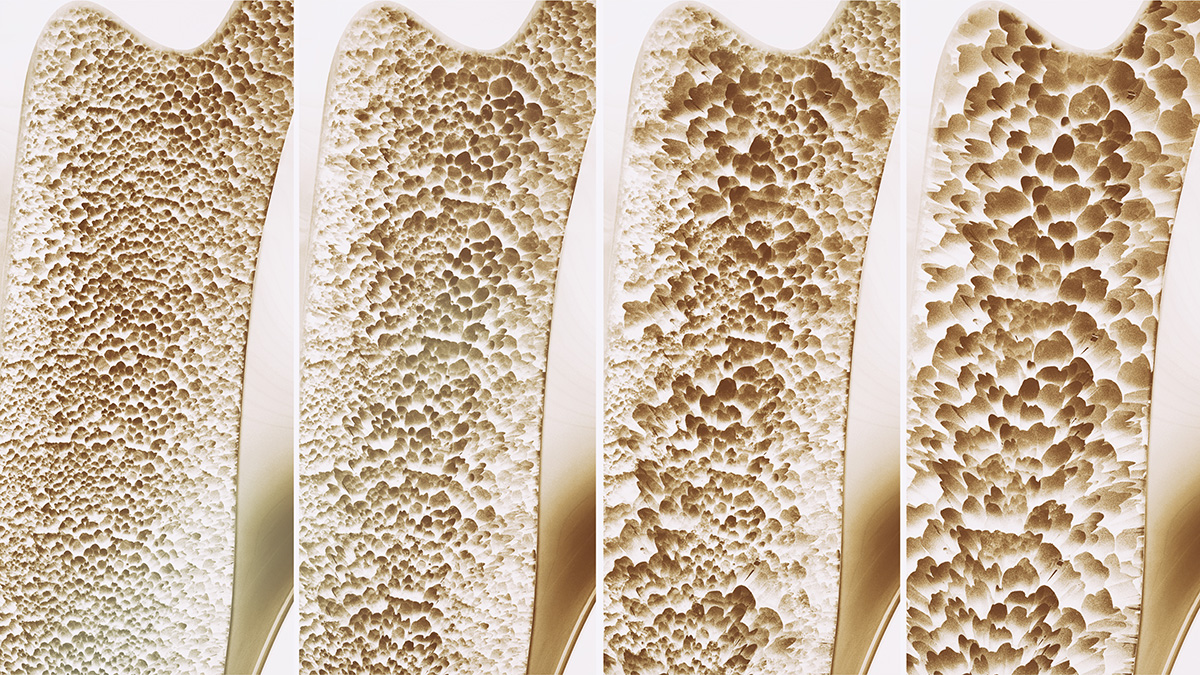
Reviewed and Updated: December 12th, 2024
Osteoporosis is a condition where your bones become weak and brittle, making them more prone to fractures. It’s especially common in older adults, and women are at higher risk, particularly after menopause. But don’t worry—by understanding osteoporosis, you can take steps to prevent it or manage it effectively. Fractures from osteoporosis can impact your mobility and quality of life, so it’s important to be aware of what this condition involves and how you can protect yourself. In this article, we’ll walk through the basics: what osteoporosis is, the symptoms to watch for, what causes it and how you can take action to keep your bones strong.
What is Osteoporosis?
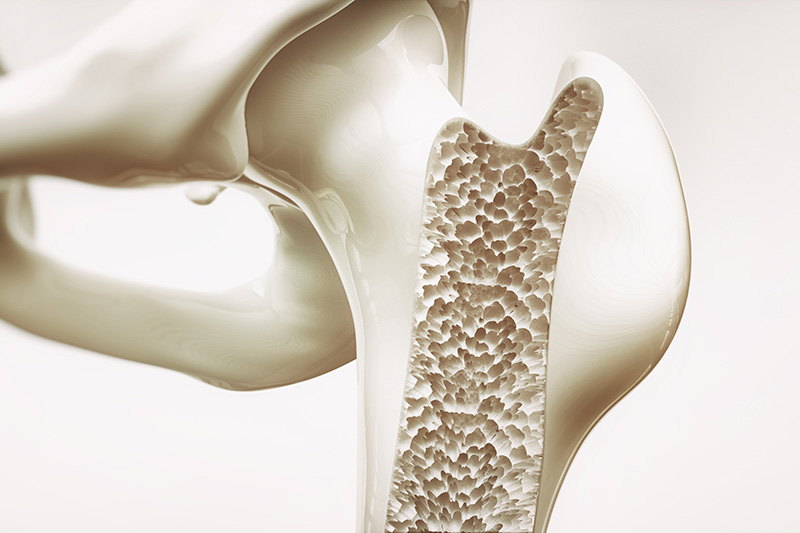
Osteoporosis is a condition where your bones become weak and brittle, making them more likely to break from something as minor as a fall. It’s especially common among older adults, with women being at higher risk, particularly after menopause. This condition can sneak up on you without noticeable symptoms, so awareness is crucial for early prevention. By learning about osteoporosis, you can make lifestyle adjustments that keep your bones strong and healthy.
When bones become fragile, the risk of fractures rises, which can severely impact your quality of life and mobility. Fractures from osteoporosis can be painful and might even limit your independence. In this article, we’ll explore what causes osteoporosis, how to recognize its symptoms, and what you can do to help prevent it, empowering you to take control of your bone health.
Symptoms of Osteoporosis
In its early stages, osteoporosis rarely shows any obvious signs, which makes it difficult to detect until bone loss is advanced. Often, the first clue comes in the form of a fracture. But there are some symptoms to watch out for:
- Frequent fractures: Bones can break easily, especially in areas like your hip, wrist, or spine, sometimes from just a minor fall.
- Loss of height or stooped posture: As the vertebrae in the spine become fragile and compressed, you might notice that you’ve lost some height over time or that your posture is becoming hunched.
- Chronic back pain: Back pain might indicate fractured or collapsed vertebrae, which is a sign of bone weakening.
Pay attention to these symptoms, especially if you’re at higher risk, so you can catch osteoporosis early and take action to protect your bones.
Causes and Risk Factors of Osteoporosis
Osteoporosis often occurs as a natural part of aging, as your bones gradually lose density over time. Additionally, hormonal changes play a big role: for women, lower estrogen levels after menopause can accelerate bone loss, while men can experience a similar effect due to reduced testosterone levels as they age. These biological changes are part of why osteoporosis tends to be more common in older adults, especially women. Here are some common risk factors to look out for:
- Age and Gender: Osteoporosis is more common as you age, especially in women after menopause, who are at a higher risk due to hormonal changes.
- Family History: Genetics play a significant role in the development of osteoporosis. If osteoporosis runs in your family, your chances of developing it are much higher.
- Dietary Factors: A diet low in calcium or vitamin D can weaken bones. These nutrients are crucial for bone health, so getting enough of them is essential.
- Lifestyle Factors: If you have a sedentary lifestyle, smoke, or drink alcohol excessively, these habits can contribute to bone loss over time.
- Medical Conditions and Medications:Certain conditions like hyperthyroidism, liver disease or kidney disease, certain cancers, or rheumatoid arthritis can increase your risk. Long-term use of corticosteroids, antacids, and proton pump inhibitors (PPI’s, like omeprazole and lansoprazole) can also lead to weaker bones.
Understanding these causes and risk factors can help you make choices that protect your bones and support long-term health.
Preventive Measures for Osteoporosis
Preventing osteoporosis starts with a healthy lifestyle that promotes bone health. Here’s how you can help keep your bones strong:
- Eat a Bone-Healthy Diet: Calcium and vitamin D are your best friends when it comes to bone strength. Aim to get calcium through foods like dairy products, leafy green vegetables, and fortified foods. Vitamin D helps your body absorb calcium, and sunlight is one of the best sources, but supplements can be used when needed. [READ: 9 Foods for Strong Bones and Muscles]
- Exercise Regularly: Weight-bearing exercises like walking, jogging, or dancing help build and maintain bone density. These exercises help stimulate bone growth by applying stress to the bones, which promotes the production of bone-forming cells (osteoblasts). Strength training also strengthens muscles and bones, balance, and coordination;, which can reduce the risk of falls and fractures.
- Consider Supplements: Bone Essense™ provides the building blocks of strong Bones and Joints with Calcium, Kolla2® Type II Collagen, and Glucosamine. Vitamin D can also be beneficial for calcium absorption.
- Quit Smoking and Limit Alcohol: Both smoking and heavy drinking can weaken your bones. By quitting smoking and moderating alcohol intake, you’re protecting your skeleton from damage.
- Routine Bone Density Tests: Especially if you’re at high risk, talk to your doctor about regular bone density tests to monitor your bone health. Early detection can make a significant difference in treatment and prevention. [READ: Bone Density vs Bone Quality]
How is Osteoporosis Diagnosed?
Bone Density Tests (DEXA Scan): The DEXA scan is the go-to method for diagnosing osteoporosis. This quick, painless test measures bone density, especially in your hip and spine, to give you a clear picture of your bone health. By understanding your bone density, you can get a better sense of whether you’re at risk for fractures.
Understanding Risk: Tools like the FRAX score help calculate your risk of fractures by considering both your bone density and other personal risk factors. This score can give you insights into your overall risk, but it’s best to consult with a healthcare professional for a thorough assessment. They can provide personalized advice on how to protect and strengthen your bones based on your unique health profile.
Bottom Line
Osteoporosis may seem concerning, but with the right knowledge and lifestyle changes, you can take steps to protect your bone health. By understanding its causes, symptoms, and preventive measures, you’re better equipped to reduce your risk. Remember, osteoporosis is both preventable and manageable—starting early with a balanced diet, regular exercise, and healthy habits can make a big difference. If you’re at risk, it’s important to talk to your doctor about your bone health and explore ways to keep your bones strong. Taking action now can help you enjoy a healthier, more active life for years to come.
* This article is for informational purposes only and doesn’t constitute medical advice. For immediate health concerns, please consult your physician.
These statements have not been evaluated by the Food and Drug Administration. Products are not intended to diagnose, treat, cure or prevent disease.
© 2024 Best in Nature All rights reserved




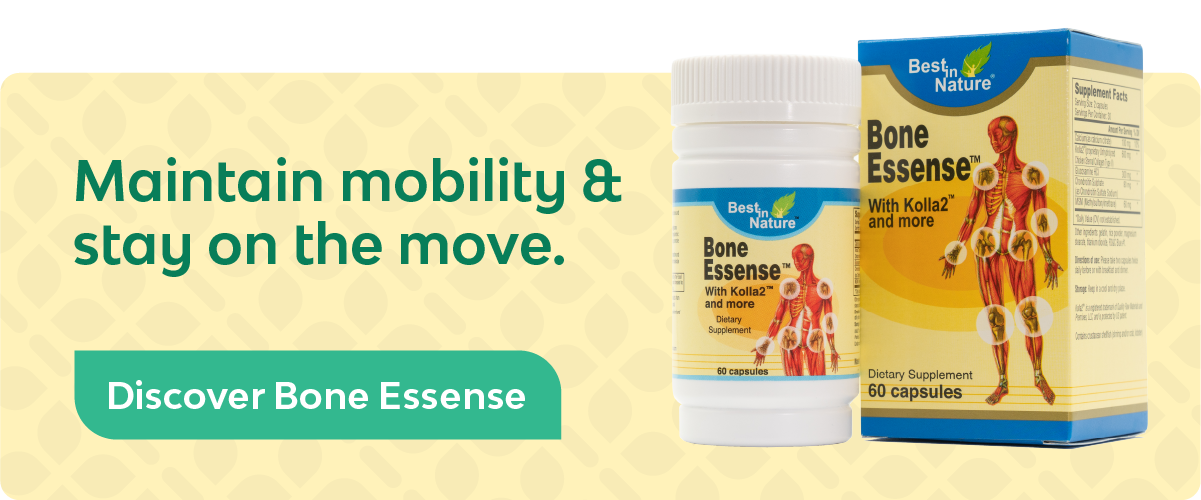

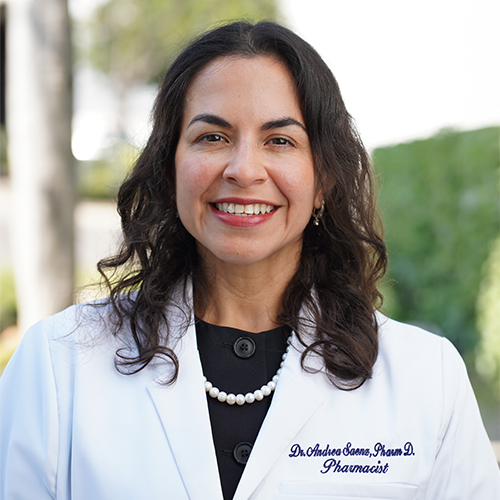
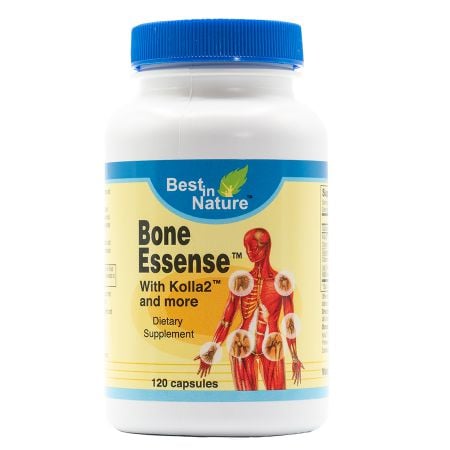
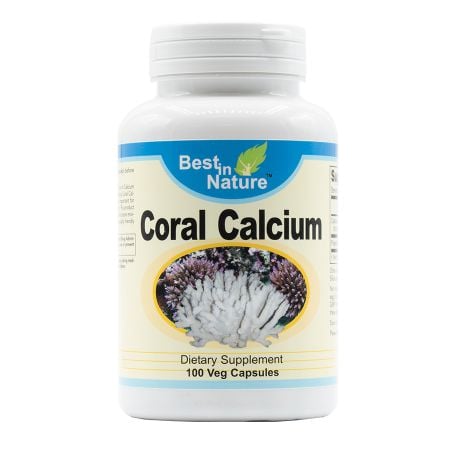
Validate your login
Sign In
Create New Account